What is it?
The old Honda Civic - that is to say, the current one - was classic Honda. Conceived the other side of the 2008 global crash and then torn up in the aftermath, the five-door model arrived in Europe virtually pre-wrapped in also-ran status thanks to, in no particular order, its oddball looks, mediocre interior and an engine line-up which relegated petrol buyers to a naturally aspirated motor that dated like cottage cheese.
A big state-of-play fix was required, so Honda returned to the drawing board with the kind of relish that has resulted in something wholly new and enhanced. Thus the old regimen of gently reshaping the Civic for the peculiarities of a different region has been wisely swept aside, and instead Honda has pooled its global resources and enacted what it calls the single largest development programme in the firm’s 70-year history.
Many things have happened, then, but at the crux of them lie some takeaway facts. Firstly, that the Civic has a more sophisticated multi-link rear axle where a humble twist beam previously lived. Second, there’s a new range of petrol engines, which are turbocharged for your pleasure and include the kind of cutting-edge, tiny-capacity three-pot that’s about to take the diesel-unfriendly world by storm, and third, there’s a new look and an overhauled cabin.
The reason for the fresh look is because there’s an all-new platform, which is not only wider and significantly longer than that of the last model but also lower. Lower, naturally, is better, for centre of gravity, for your butt cheek-to-road measurement and to look at from afar. There has also been a commensurate toughening of the new-fangled unibody – by 52% in torsional rigidity and, partly thanks also to the new rear axle, a whopping 88% in lateral stiffness.
Those are wantonly large, dynamic-altering numbers, and that’s rather obviously Honda’s plan: to drive better, more comfortably and more engagingly than the immediate opposition. Even more heartening, the opposition is emphatically European: the new Civic may be global, but the benchmark is set by Europe’s premier C-segment, where Honda has correctly judged the world’s finest five-door examples to endure.
Here, we're driving the 127bhp 1.0 i-VTEC Turbo.
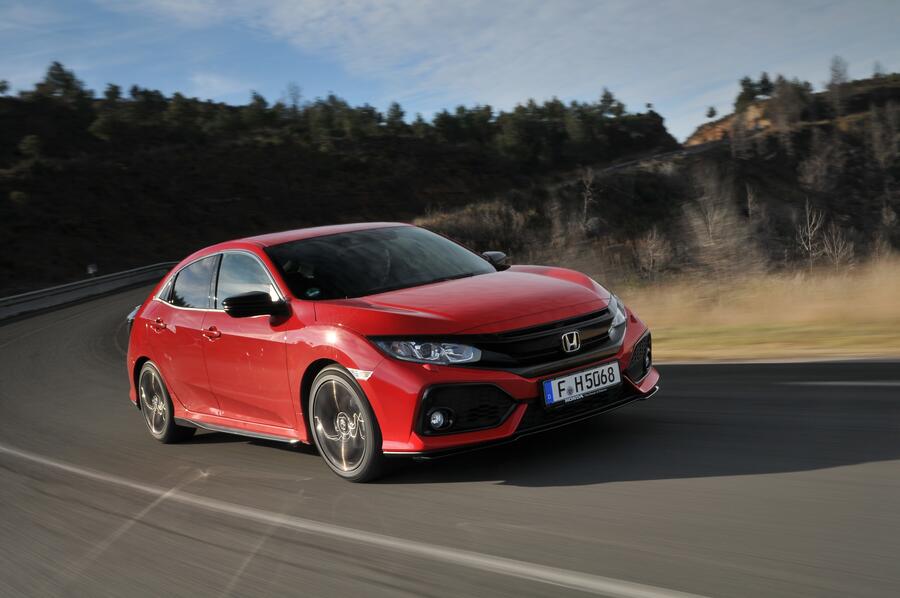

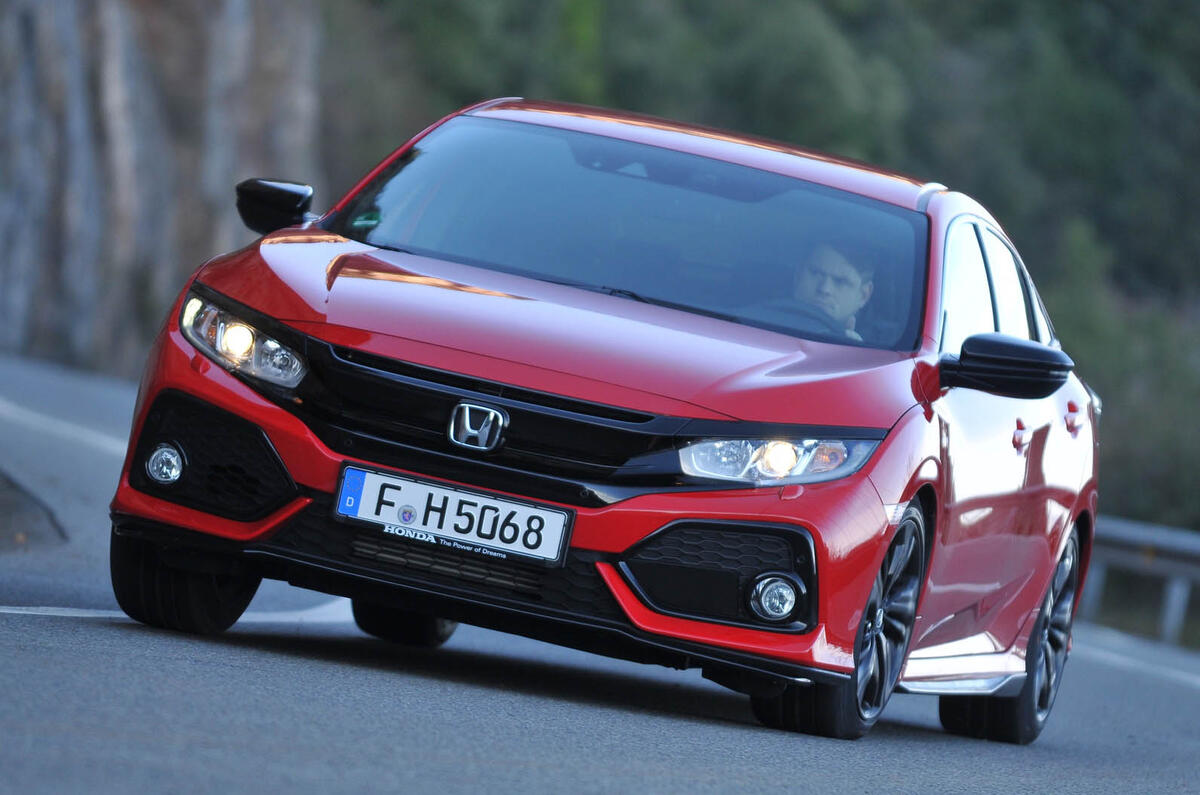



















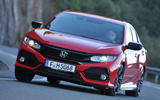




















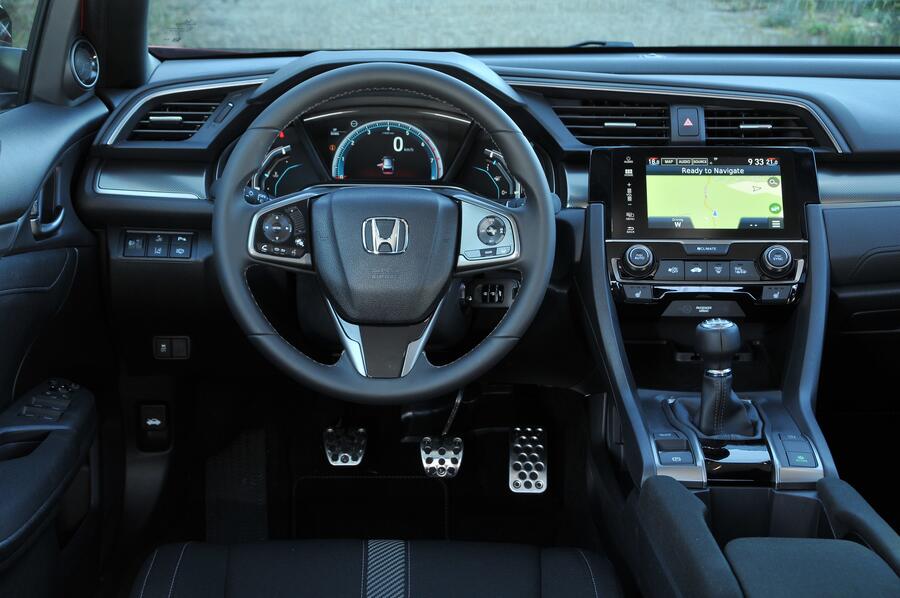
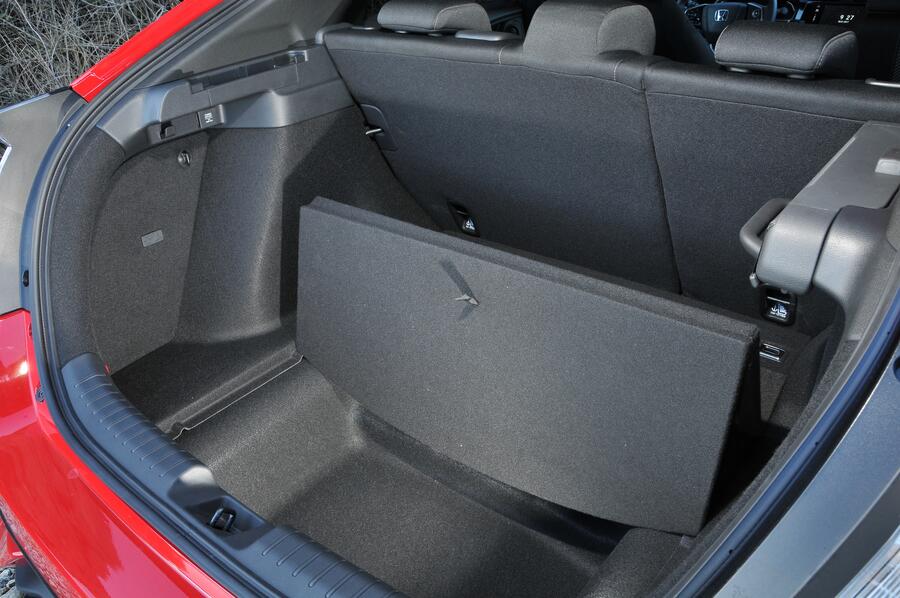

Join the debate
Add your comment
Awful mess
Another fussy, awful, disjointed mess from Honda. Is it too much to ask for a proper parcel shelf in a car these days?
Stats suggest this is also slow. Interior is dark and drab, with that all too familiar ‘sheen’ the Japanese are so fond of that makes then look like a well worn Taxi. As for the rear? What on earth?
One thing (and certainly only
This car is too ugly to read